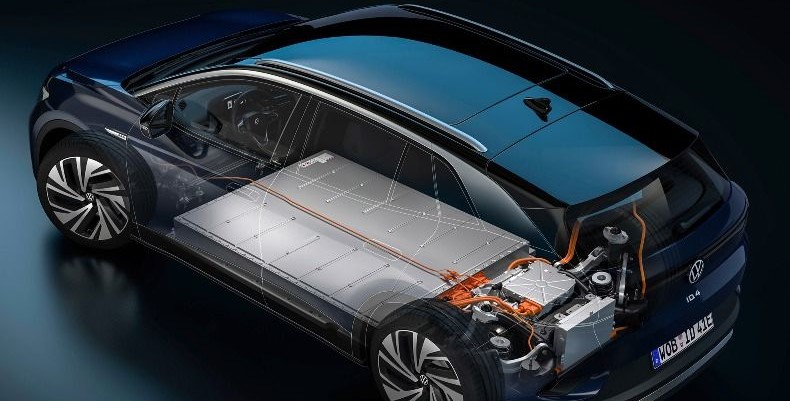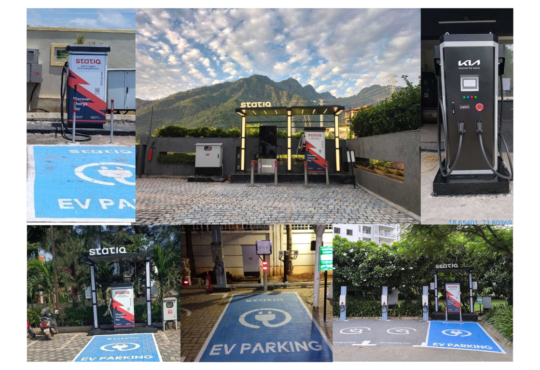
What is the 80/20 rule? Does a full charge harm your EV battery?
When it comes to owning an electric vehicle (EV), understanding battery capacity and longevity is paramount. The battery is the lifeblood of an EV, and ensuring its health and performance is crucial for a smooth driving experience.
A common question that arises among EV owners and enthusiasts is whether fully charging an electric vehicle can harm the battery. In this blog post, we will debunk the myths and shed light on the truth behind EV battery charging, while uncovering the benefits of the 80/20 rule.
The Quest for Battery Longevity
As EV manufacturers showcase the impressive capabilities of their vehicles, you may have noticed a trend—most often, they recommend charging the EV up to 80% rather than reaching the full 100%.
Have you ever wondered why they never claim 100%? Let’s dive deeper into this intriguing aspect.
Unveiling the 80/20 Rule

The 80/20 rule has gained recognition as a valuable guideline for maximizing EV battery life. Simply put, it suggests charging your EV when it reaches around 20% and avoiding charging beyond 80%. This practice aims to strike a balance between the convenience of a full charge and the long-term health of your EV battery.
Understanding the Science
To comprehend the reasoning behind the 80/20 rule, we must delve into the science of lithium-ion batteries—the powerhouse behind EVs. These batteries utilize chemical reactions to store and release energy, and their longevity is influenced by several factors, including charge levels.
Charging to full capacity places greater stress on the battery, which can accelerate degradation over time. On the other hand, consistently operating the battery at very low levels can also harm its health. The 80/20 rule seeks to find the sweet spot that maintains a balance between usable capacity and battery longevity.
Benefits of the 80/20 Rule
- Reduced Degradation: By avoiding the extremes of full charges and deep discharges, the 80/20 rule helps mitigate the wear and tear experienced by an EV battery. This can result in slower capacity loss and extended battery life.
- Optimal Performance: Operating your EV within the 80% charging range ensures that you have a reliable buffer for unexpected trips or diversions. It provides a comfortable margin while maintaining battery health, giving you peace of mind during your daily commute or longer journeys.
- Enhanced Efficiency: Lithium-ion batteries exhibit higher charging efficiency at lower and mid-range charge levels. By adhering to the 80/20 rule, you tap into this efficiency, optimizing your EV’s energy utilization and potentially saving on EV charging costs.
- Battery Health Insights: By consciously monitoring and adhering to the 80/20 rule, you gain valuable insights into your EV’s battery health. Consistently tracking the EV charging levels can help identify any unusual behavior or potential issues, enabling timely maintenance or support from the manufacturer.
Conclusion
While the idea of fully charging your EV may raise concerns about battery health, the 80/20 rule provides a practical and effective approach to strike a balance. Fully charging your EV occasionally is unlikely to cause immediate harm. However, adhering to the 80/20 rule as a general practice helps ensure optimal battery performance and longevity in the long run.
Remember, each EV model may have its own specific recommendations, so it’s always a good idea to consult your vehicle’s manual and manufacturer’s guidelines. It is also recommended to use AC chargers over DC fast chargers to charge your electric vehicles for longer battery life. Want to know what type of EV chargers you should prefer to charge your electric vehicle?
Read How to Choose the Right EV Charging Station for Your Needs?
Embrace the 80/20 rule as a mindful approach to extend your EV battery’s lifespan while enjoying the benefits of eco-friendly and efficient transportation. Let’s charge up, drive on, and embrace a sustainable future on the roads!



